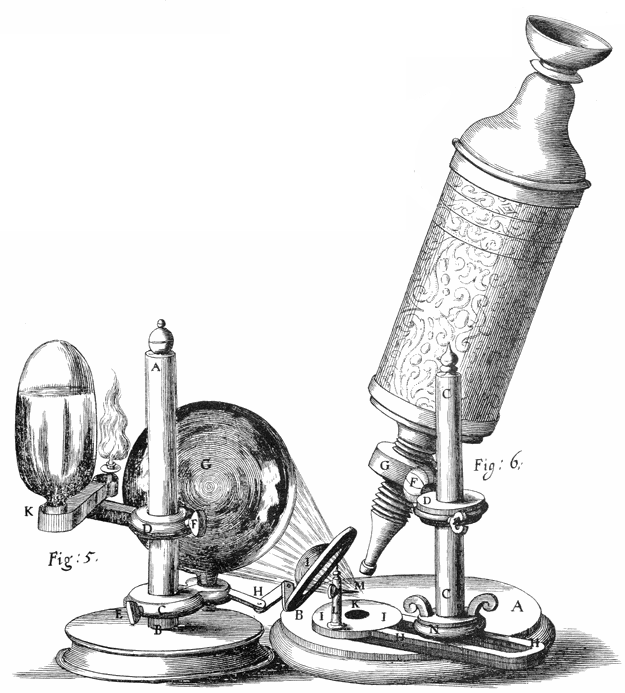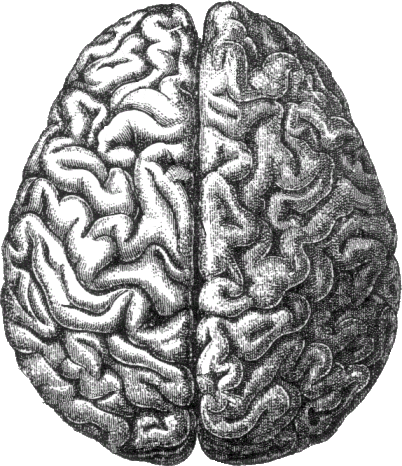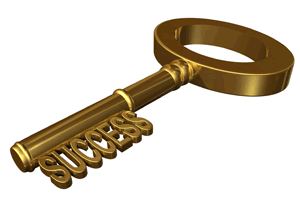-
Introduction Lesson 4.1 - Characteristics of Cells
Welcome back!
M ost cells are so small that people didn’t even know they existed for a very long time. It wasn’t until the mid-1600s with the invention of the microscope that humans were finally able to peer into the tiny hidden world of the cell. But like many great scientific discoveries, finding the cell was a complete accident! In 1665 a British man by the name of Robert Hooke built a microscope to look at small objects. One day Hooke was observing the bark of a cork tree and noticed that the wood was made up of small boxes or “little rooms.” He called these little rooms “cells” and the name stuck ever since. Less than 10 years later, a Dutch merchant named Anton van Leeuwenhoek discovered bacteria and yeast – again completely by accident. Because of their curiosity of the very small, these two men unknowingly pioneered an entirely new field of science that we now call Cell Biology.
I n this lesson you will learn about the discovery of the cell, some of the parts found in all cells, and the difference between the two main types of cells.
C onsider the following questions while you are working through the lesson:Why is the cell considered a characteristic of life? Describe the contributions made to science by Robert Hooke and Anton van Leeuwenhoek. Explain how the surface-to-volume ratio of a cell affects its size. How is the cell membrane like a locked gate? Explain the analogy of a cell being like a bag of soup? Why is the nucleus considered the control center of the cell? What are the differences and similarities between prokaryotes and eukaryotes. 
-
Summary Summary Instructions for Lesson 4.1
N ow that you've completed your notes for this lesson, it's time to carefully review them. To receive credit, your summary must reach a minimum word count, and must include all of the required vocabulary terms listed below.Use your notes and the Guiding Questions in the lesson Introduction to help you.
Required Vocabulary Terms:
cell, cell membrane, organelle, nucleus, prokaryotic, eukaryotic
Minimum Length:
80
REMEMBER TO WRITE YOUR SUMMARY IN GOOGLE DRIVE FIRST!
-
Quiz -
Project Project 4.1 - Characteristics of Cells
Nothing here yet...
Nothing here yet...
Nothing here yet...

-
Activities Research & Labs
Nothing here yet...
Nothing here yet...
Nothing here yet...
Video Activities
Instructions: Watch the BrainPOP video below and then take the "Classic Quiz." Pass the quiz with a 70% or better and show Mr. Guidi to earn a token. 
-
Progress Checking Your Progress
Y ou are always free to check your lesson progress at any point throughout the school year. All you need to do is simply type your Student ID number in the area you wish to check and click the “Search” button.
E vidence of successful submission for any set of notes you’ve completed or summary you’ve written, will be indicated by a checkmark under the corresponding chapter and section number. Letter grades will represent what you’ve earned for the quizzes you’ve taken.
Y ou are welcome to go back and retake any quiz you didn’t do well on, as long as you inform Mr. Guidi ahead of time. There is no limit to the number of times you can retake a quiz and only the best score will be kept.
I n addition to checking your lesson progress, you are also able to check the number of tokens you’ve earned on this page. All important information regarding tokens and their relevance can be found on the Token Page.
